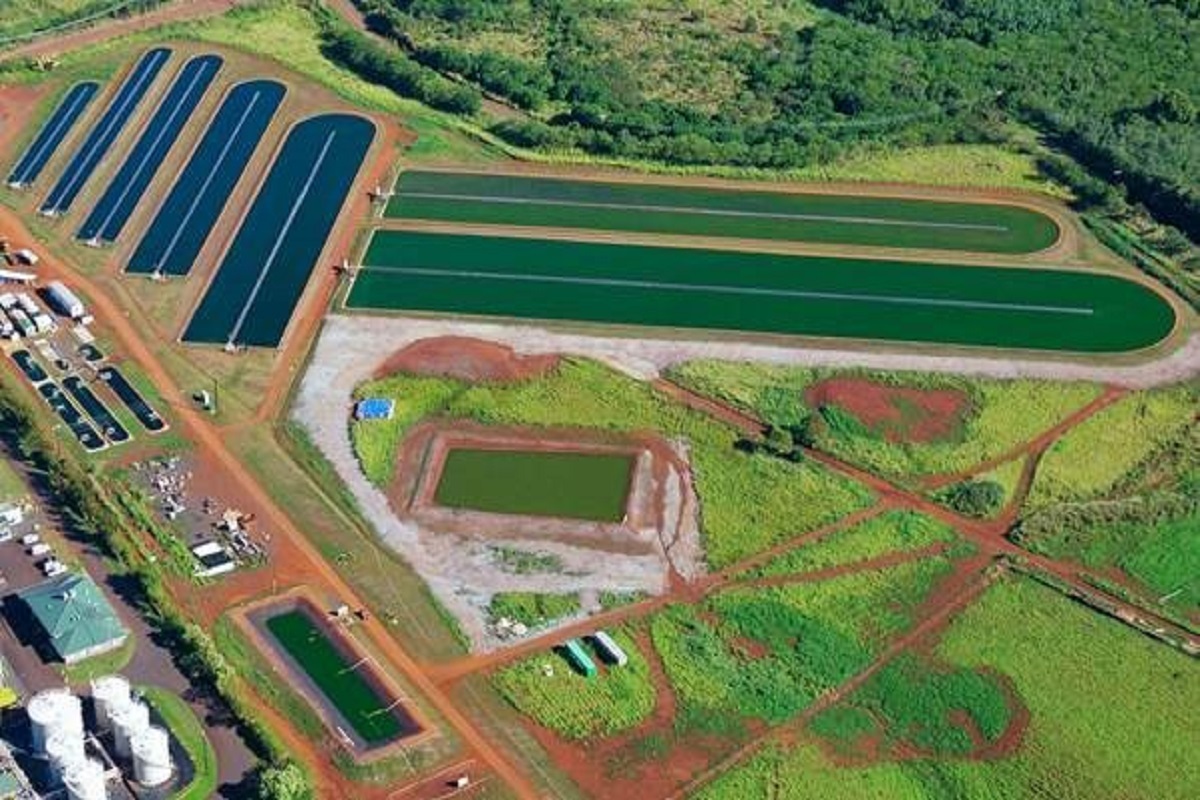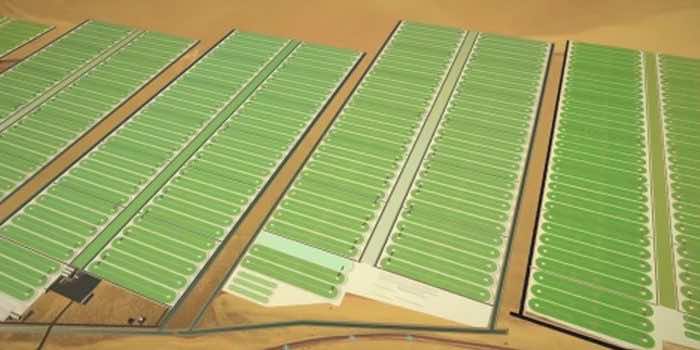As human beings, it is our utmost responsibility to protect our natural environment. However, this comes at the cost of enormous systematic processes and procedures that may lead to a “greener” environment. In this race to make our surroundings clean and green, a London-based company known as “Brilliant Planet” has come up with an innovative idea to reduce carbon footprints in the environment. It uses the algae mechanism in seawater to capture carbon under normal conditions, thus giving algae an open-air pond-based system to grow organically and encapsulate carbon. This process will be harnessed at the gigaton scale starting with a cost of as low as $50. According to the Brilliant Planet CEO, Adam Taylor, “I expect us to have a strong presence in the US$50-$100/ton high-quality financing market.”
The mechanism behind this process is that researchers decontaminate algae from a large number of strains and select those which go well according to the local conditions. Then, the next step is to start bringing seawater into several ponds ranging about 12000 sq. m or 13000 sq. ft by constructing the seawater pumps. This can be done by injecting the captured algae into these pumps, thereby releasing a large amount of pressured algae-based water into these ponds which will then start capturing carbon emissions from the environment. However, once these algae are matured, they will be accumulated from this seawater, make it dried, and then will be dug into a hollow desert tumulus, about 3 to 13 ft under the surface where they will be buried for thousands of years. On the other hand, the water would then be delivered back to the oceans.

This procedure can reduce CO2 emissions from our environment by up to 5.5%, which is a worthwhile contribution. “We have to move very large amounts of seawater around, which requires energy, but we’ve done a lot of design work to make the system function effectively. ” There has been a lot of time and effort put into lowering the energy cost, but the bottom line is that we need to lift water from ocean level to a few meters above sea level. In the process, we de-acidify the ocean water. So, for every unit of ocean water we bring in, we de-acidify the equivalent of five units to pre-industrial levels, “said Taylor.



